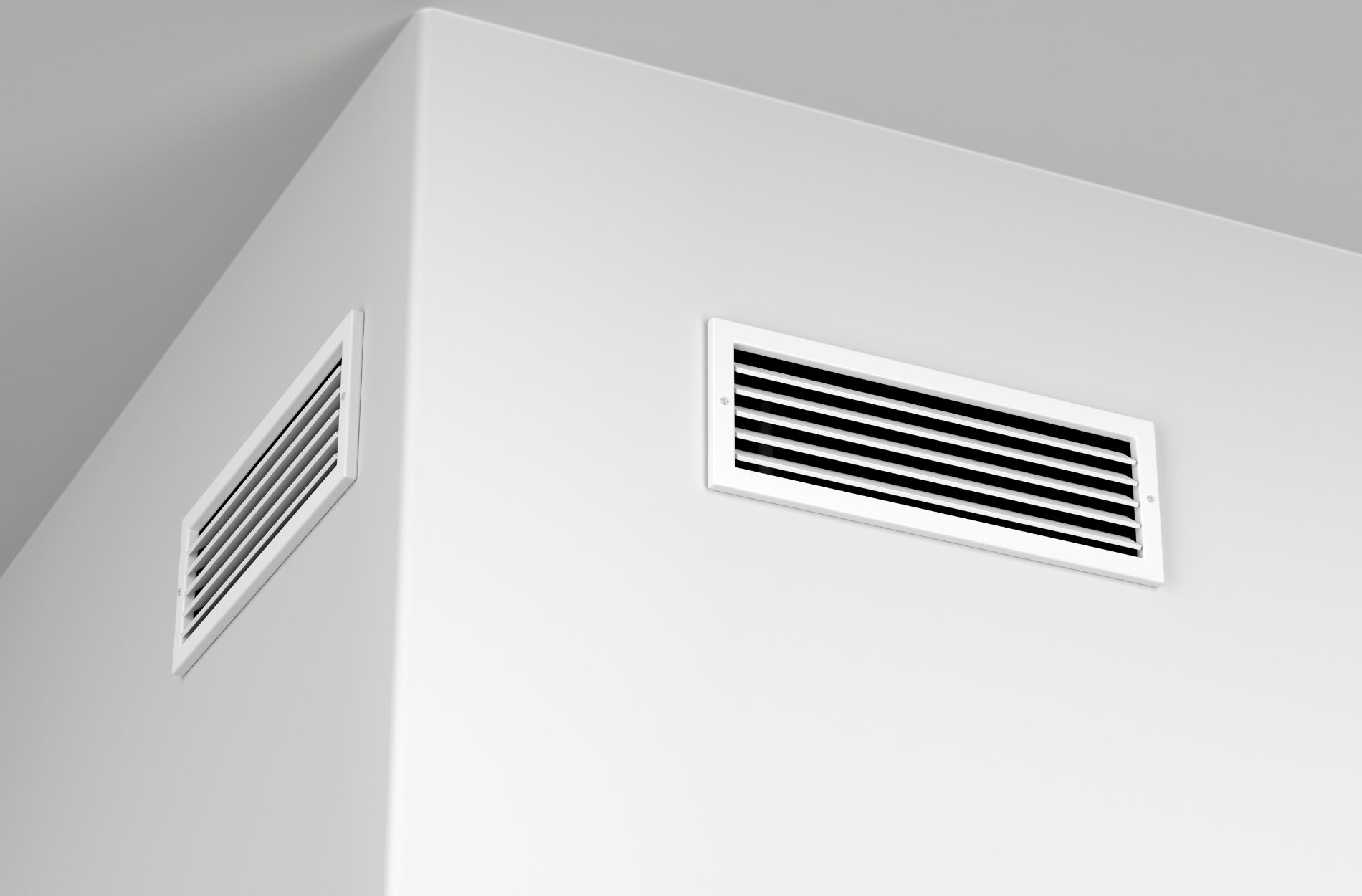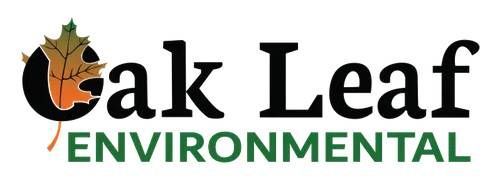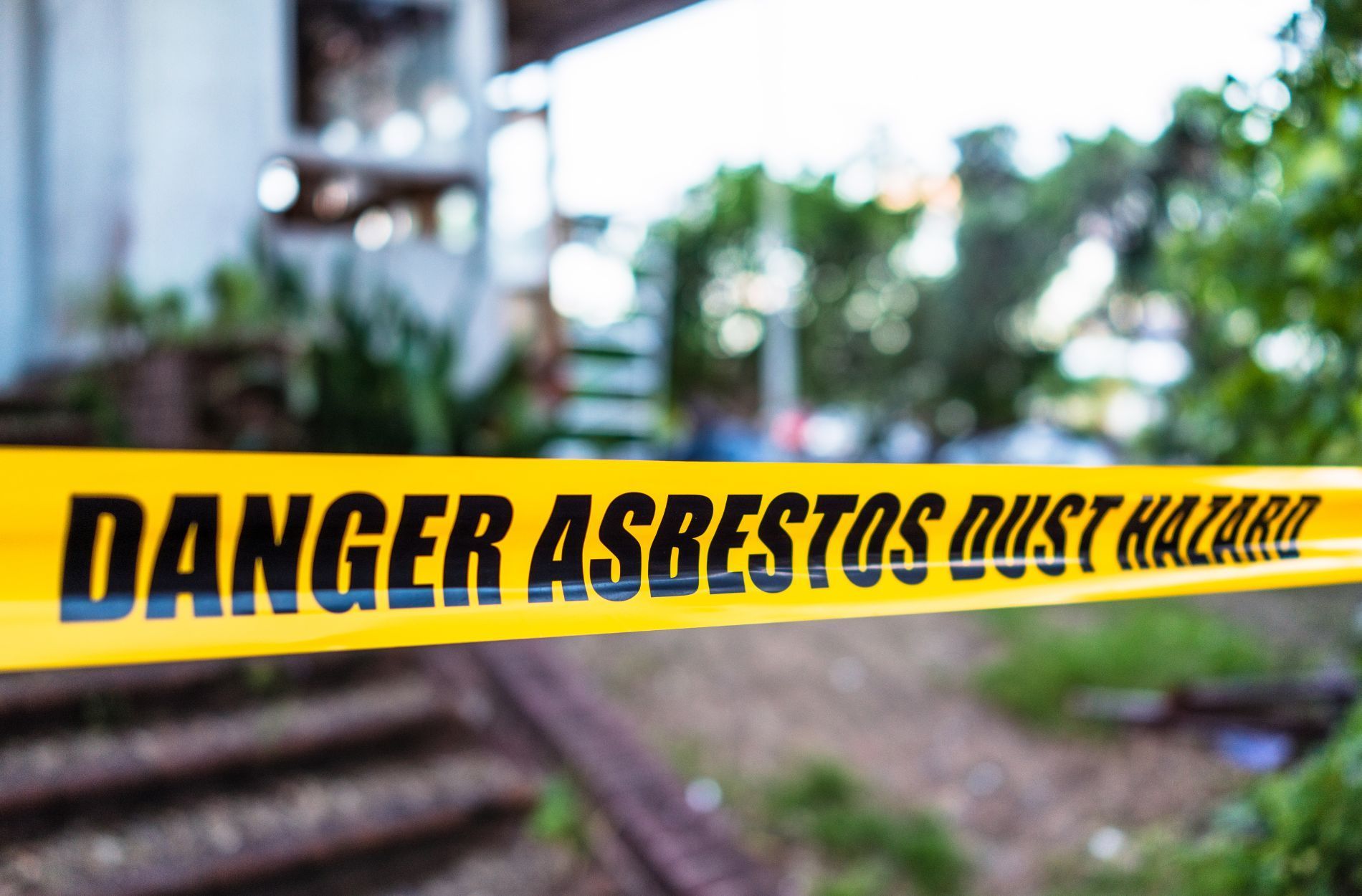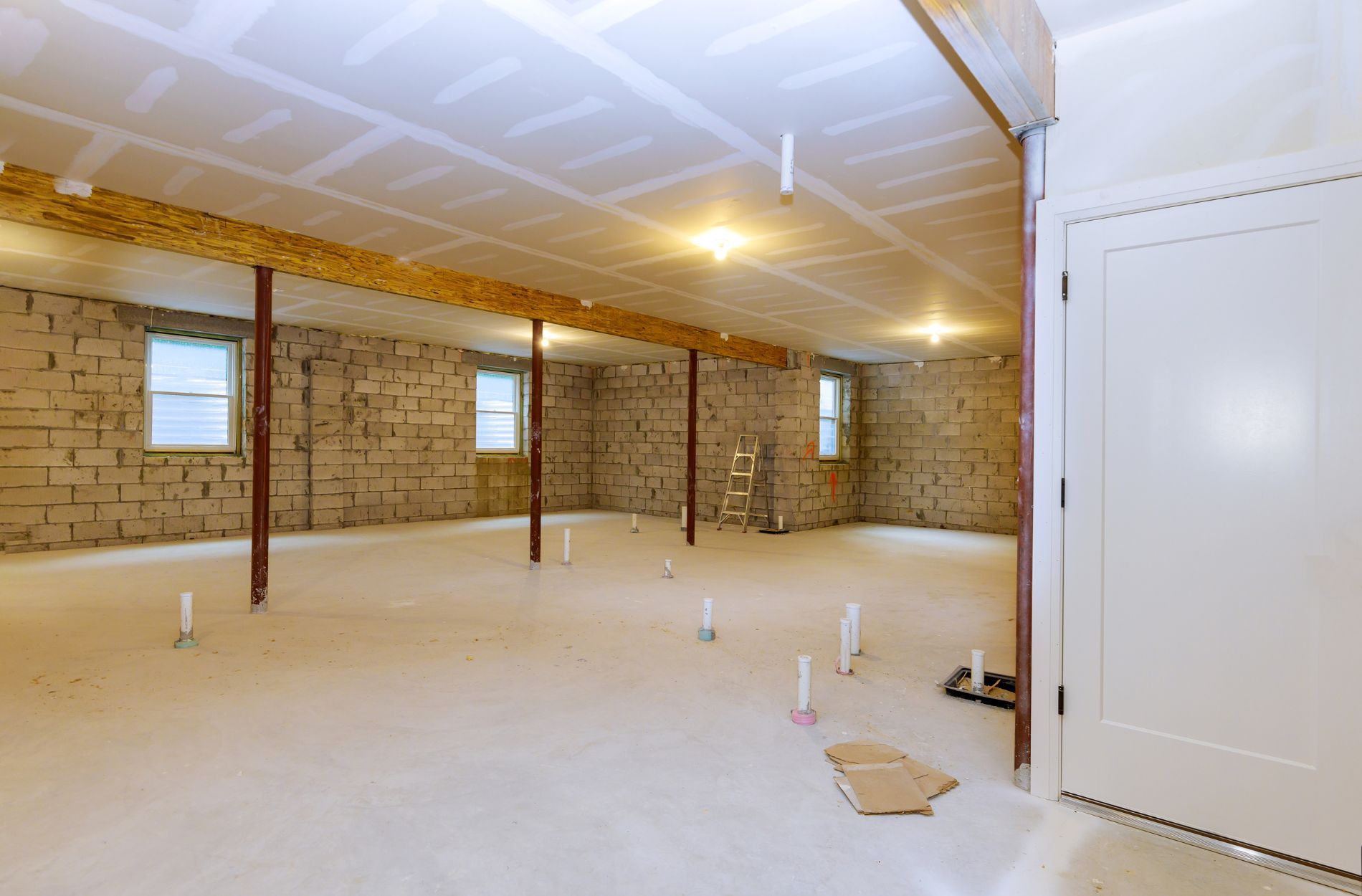Unexplained Headaches - Your Home Might Need Radon Testing
You wake up with a nagging headache again. It's not from stress or dehydration, and you’re sure you’ve been sleeping well. If this sounds familiar, it might be time to look a little closer at your home. Unexplained headaches can sometimes be caused by indoor air quality problems, and one of the more common but often ignored culprits is radon gas.
Most homeowners don’t think twice about what’s lingering in the air inside their walls. You can’t see or smell radon, which makes it even easier to overlook. But just because you can’t detect it on your own doesn’t mean it isn’t affecting your health. If you've had recurring headaches with no clear reason, your home environment might be part of the issue.

What Is Radon?
Radon is a naturally occurring gas that forms underground. As uranium and other radioactive elements break down in soil and rock, they release radon. This gas then moves upward through the earth and can enter homes through cracks in foundations, crawl spaces, or even water from wells.
The danger with radon is that it’s completely invisible and odorless. You won’t know it’s in your home unless it’s tested. When it becomes trapped indoors, especially in areas with poor ventilation, it can build up over time and start impacting your health.
Any home can have a radon issue, no matter the age or condition. Radon usually enters through the lowest parts of a home, like basements, but it doesn’t stay in one place. It spreads and mixes into the air throughout the house, where you breathe it every day.
Some common areas where radon might enter your house include:
- Cracks in concrete floors and walls
- Gaps in floating or suspended floors
- Places where construction joints meet
- Openings around plumbing and service pipes
- Empty spaces behind walls
- Well water bringing radon from underground sources
Even if your house was recently built or seems sealed tight, you could still be at risk. The ground under every home has the potential to release radon, and it only takes small openings for it to sneak in.
How Radon Exposure Causes Headaches
Most people associate radon with long-term health concerns like lung issues, but constant low-level exposure can also cause things like recurring headaches. These headaches often go unexplained, especially if there are no other obvious medical reasons.
Here’s how it happens. When radon gas is inhaled, it can irritate your airways and lungs. This irritation might slowly lower the amount of oxygen your body is able to take in. When your brain doesn’t get enough oxygen, it can lead to symptoms like headaches, fatigue, or brain fog.
You might notice these symptoms more in places like basements, crawl spaces, or any room without much airflow. If you’ve turned your basement into an office, bedroom, or hangout space and you start feeling off while down there, radon buildup could be a factor.
A pattern to watch for is feeling fine when you’re out of the house but getting headaches or tiredness when you return home or spend time in certain rooms. If several people in your home are experiencing similar symptoms and you’ve already eliminated common causes like dehydration or allergies, it could be time to test for radon.
A quick pain reliever might help with a headache, but if radon’s the cause, that’s just covering up a bigger problem. You need to know what’s in the air you’re breathing.
Identifying Radon Risks In Your Home
Radon is dangerous partly because you can’t detect it without testing. But there are a few signs and clues that might suggest it’s present in your home.
Watch for these warning signs:
- Headaches, dizziness, or shortness of breath that happens mostly at home
- Symptoms that improve when you are away from home
- A stale, stuffy, or musty feeling in the lower parts of your house
- A home that has never been tested, especially if it has basement cracks or a crawlspace
Older homes often have more obvious entry points for radon, but newer construction doesn’t automatically mean you’re safe. Radon can pass through small spaces around plumbing, wires, or even through concrete.
Pay close attention to basements and ground-level rooms. These spaces tend to have less natural airflow, which makes it easier for radon to build up over time. If you use these areas often for sleeping, working out, or relaxing, testing becomes even more important.
Even if none of these signs are obvious, radon may still be present. The only way to know for sure is to have a trained professional test your air using accurate tools.
Benefits Of Professional Radon Testing Services
Getting your home tested by a certified radon expert is the smart and safe way to find out what you’re dealing with. While some people try using store-bought test kits, they can be difficult to use correctly and may not give accurate results. Professionals use advanced equipment and follow proven methods.
When Oak Leaf Environmental tests your home, we typically place radon monitors in different areas so we can track levels over time. This gives a much clearer picture of whether your indoor air is safe. If elevated radon levels are found, we’ll explain your options for fixing it.
Benefits of professional testing include:
- Greater accuracy than DIY kits
- Expert insight on areas that may need attention
- Fast and reliable results you can trust
- A solid plan for long-term mitigation if needed
Finding out about high radon levels early means fewer risks for your health. You won’t have to wonder if your home is safe, and if work is needed, we’ll guide you on those next steps. A quick test now can prevent far bigger issues later.
Preventative Measures And Next Steps
Radon exists naturally underground, so you can’t stop it from forming. What you can do is control how much of it enters your home and whether it sticks around. Even if your levels are low after testing, taking a few proactive steps is wise.
Simple actions that can help include:
- Letting in fresh air by ventilating basements and other lower areas
- Sealing up any cracks in basement floors, walls, and around plumbing
- Checking sumps and pipe openings for gaps, then sealing them tightly
- Avoiding long stays in closed-off areas that haven’t been tested yet
It’s also smart to retest every few years. Changes in your home, like settling or remodeling, can affect radon pathways. Shifts in weather or groundwater can also influence indoor radon levels. New air systems, insulation, or even foundation repairs can all play a role.
If radon levels are high, a ventilation system called a radon mitigation system can be installed. It pulls radon from underneath your home and releases it safely outside, away from your indoor air.
Being consistent with monitoring is your best defense. You don’t need to wait for anyone to get sick to take action.
Protect Your Home From Unseen Dangers
Your home should help you recharge, not be a place that causes discomfort. If you’ve dealt with unexplained headaches or fatigue, it’s worth thinking about your indoor air. Radon is silent and hard to detect on your own, but the harm it can do over time is very real.
You shouldn’t have to guess whether the air inside your home is safe. A simple test can answer that question once and for all. If there’s a problem, the right solution can fix it. If not, you’ll have peace of mind moving forward.
Oak Leaf Environmental is here to help if you’re ready to take that next step.
Breathe comfortably knowing your home is safe from hidden dangers. Reach out to Oak Leaf Environmental and take the next step with our trusted
radon testing services. We’re here to help make sure your home’s air is clean and healthy for everyone inside.











